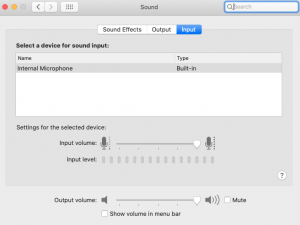

Software Compatibility Issues on The Radar Moreover, if you launch any audio fine-tuning tools or unplug the mic and then plug it back in, the mic will stop working. Of course, this means you can only use your Yeti microphone as a basic mic, and you can’t access any advanced settings and features.

But you need to refrain from launching any Blue software. Many users who encountered the same problem managed to fix it by starting their Mac with the Yeti microphone plugged in. Set your Yeti mic as your audio input device. Click on Sound and select the Input tab.Then click on the Apple menu and select System Preferences.Connect your Yeti mic with your Mac using the USB cable that came with the package.If your mic can’t capture any sounds or you can’t use it as your input device, maybe you did not set it up properly.

How to Get Blue Yeti to Work on Mac Set up Your Mic Properly

For each device listed in the Input tab, set the Input Volume to zero (drag all the way to the left). You can start with a graphical user interface, and open the Sound system preference pane. So if you don’t want your microphone to be active and a piece of tape isn’t enough, what steps can you take? I asked security and hardware experts, and there’s a graduated path you can walk down. Anything technically plausible today but infeasible due to scale will eventually become practical. Mass snarfed audio could be scanned for context-such as you reading a credit-card number aloud or discussing a confidential business matter. There’s also the very realistic potential that NSA-scale audio-to-text extraction moves with the inevitable decrease in cost for computational power into something criminal syndicates find useful. But rather it’s that you could simply be the random subject of probing. For most people, the fear with mics being tapped isn’t that your conversation would be listened into because you have some particular secret.


 0 kommentar(er)
0 kommentar(er)
